
Fun with Almond Math
In this activity, students will multiply, divide, combine and reduce fractions using real world applications working with almond grower word problems and recipes.

In this activity, students will multiply, divide, combine and reduce fractions using real world applications working with almond grower word problems and recipes.
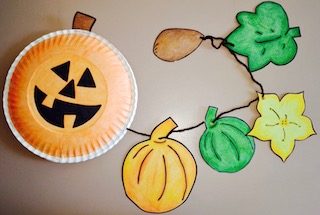
This is a fun and simple activity in which students will make a paper-plate model of the life cycle of a pumpkin.

Demonstrate proper handwashing technique, proper surface cleaning and how to prevent the spread of germs. This kit includes a gel, lotion, or a powder which glows when exposed to a long wave UV light. This kit can be purchased from a variety of online retailers, search keyword "Glo Germ."
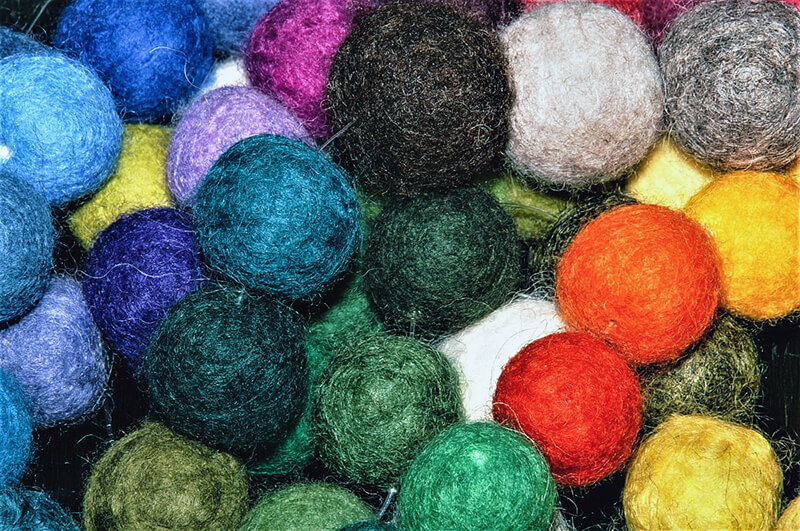
Spinning, dyeing, weaving, and felting wool can easily be done in the classroom. This activity provides instructions and a materials list, making it easy to prepare a hands-on wool project for your class. Wool processing is a topic that connects easily to lessons in history and science.
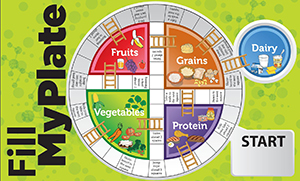
Test your students’ understanding of nutrition with this exciting, fast-paced board game. Students take turns rolling a die, moving to different sections of the MyPlate board, and answering basic trivia about healthy eating and food science. The first to “fill their plate” with one trivia card from each section (Fruits, Grains, Vegetables, Protein, and Dairy) wins! In-game bonuses encourage students to exercise, reinforcing personal choice as an important component to a healthy lifestyle. Each gameboard comes with materials for up to five students. Available for purchase or free download. Order this game online from agclassroomstore.com.
This is a "Price is Right" style activity designed to help illustrate the sugar and salt content found in processed foods. This activity can supplement nutrition and food processing lessons.
An elementary writing activity to supplement lessons on the weather. Students will learn how the folklore related to weather observation played a role in the growing of crops and raising animals many years ago.
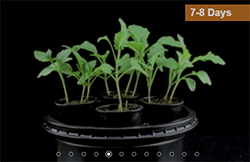
Growing Wisconsin Fast Plants in your classroom is a great activity to give life to lessons on plant growth and development, pollination, life cycles, and heredity. Fast Plants are members of the cabbage family (Brassicaceae) that have been selectively bred for rapid development. In five to six weeks, these plants will complete an entire life cycle, from seed to seed. They are small, productive, and easy to grow, making them practical and manageable for classroom research and demonstration. Fast Plants of all types will show some differences between individual plants, but those with several variations (non-purple stem, yellow-green leaf) will show greater variability between individuals, an important consideration for lessons on heredity.
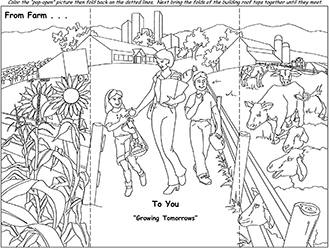
This coloring sheet will accompany any lesson that explores the path food takes from farm to consumer. Students can color the image and then fold it to hide the consumers within the farm.
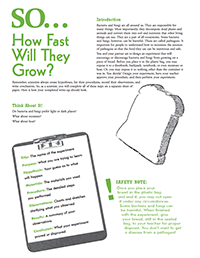
Students, acting as scientists, will explore bacteria and fungi. They will design an experiment that will promote or minimize the bacterial and fungal growth on a piece of white bread. This activity can supplement any lesson on food safety or the scientific method.
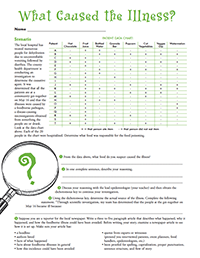
In this activity, students, acting as epidemiologists, look at the facts of an outbreak and determine the source and cause of an illness that makes many picnickers sick. Interpreting data tables, classifying, and reading are incorporated into this investigative epidemiological mystery. This activity can supplement any lesson on food safety.
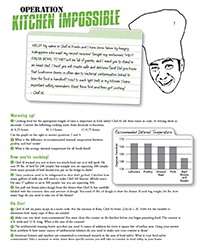
In this activity, students become the head chef in a virtual kitchen. They will use mathematical knowledge, problem-solving skills and food safety guidelines to prepare a safe and nutritious meal. This activity can be used to supplement lessons on food safety.